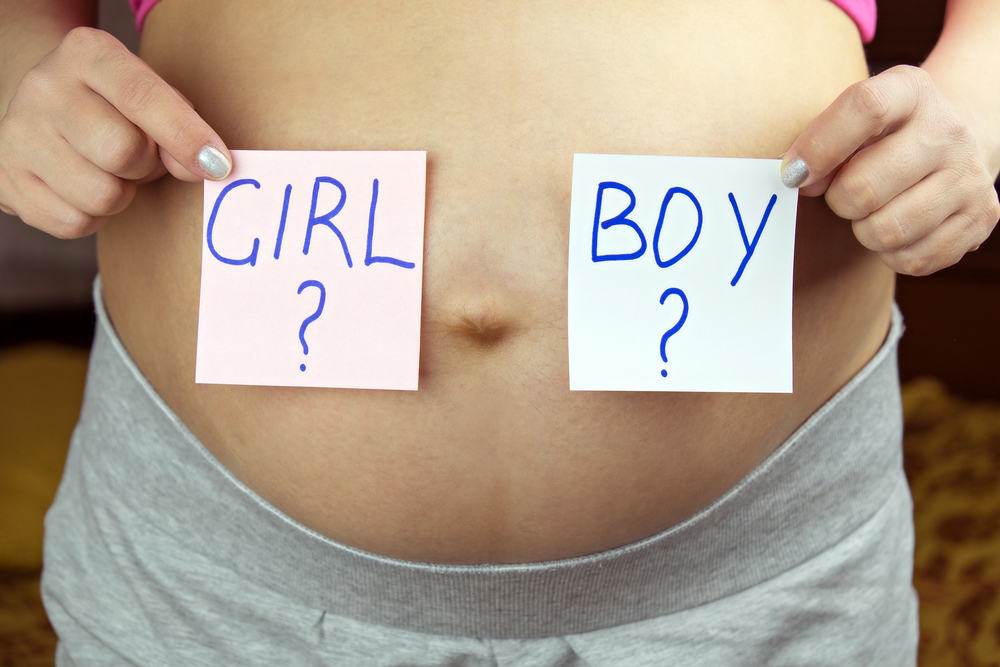Contents:
- Medical Video: Polio vaccinations | Infectious diseases | NCLEX-RN | Khan Academy
- Overview of the polio vaccine
- What's the difference between drops vaccines and injection vaccines?
- 1. Schedule of giving
- 2. The price
- 3. Taste
- 4. Content of the type of virus
Medical Video: Polio vaccinations | Infectious diseases | NCLEX-RN | Khan Academy
Polio is an infectious disease that attacks the central nervous system, causing foot paralysis. The polio vaccine can prevent the development of this disease.The polio vaccine itself consists of two types, namely drops and injection vaccines.
So, do you know what is the difference between drops vaccines and injection vaccines? Are the benefits different too?
Overview of the polio vaccine
There are two kinds of polio vaccine, namely drops vaccines and injection vaccines. Drop vaccines are also called oral vaccines or oral poliovirus vaccine (OPV), while the injection vaccine is also called inactivated poliovirus vaccine (IPV).
Basically, both vaccines have the same protective effect, which is to maintain the child's immune system. This polio vaccine may be given in conjunction with other vaccines and must be given at the age of the children.
What's the difference between drops vaccines and injection vaccines?
1. Schedule of giving
The polio vaccine drops are given 4 times before a 6 month old baby. This vaccine can be given at birth, then at 2 months, 4 months and 6 months.
Meanwhile, the injection vaccine is given five times, with the details of time as below:
- Age two, three, and four months
- Age 3 to 4 years as booster or preschool immune boosters
- Ages 13-18 years as booster adolescence
2. The price
The vaccine drops the price cheaper than the injection vaccine. This is because the drops vaccine already exists and is used for a long time rather than the injection vaccine. While injection vaccines are a new technology that contains components of the virus that have been turned off, so the price is clearly more expensive.
3. Taste
The advantages of the drops vaccine are the sweet taste that can be easily accepted by children. The method of administration is also easier than injection vaccines, because most young children are afraid to be injected.
4. Content of the type of virus
The polio vaccine drops contain a live but weakened polio virus. While the vaccine injected through injection is a dead polio virus.Different types of viruses provide different immune benefits between injection vaccines and drops vaccines.
The content of the polio vaccine taken (OPV) will go directly into the digestive tract to stimulate the immune system to form antibodies against disease. When there is a wild polio virus that enters the child's intestine, the virus will be bound and turned off by the child's immune system, so it cannot multiply and does not endanger the child or spread to other children.
Meanwhile, an injectable polio vaccine (IPV) containing a dead virus will be injected in the arm or thigh muscle. The dead virus content will form immunity directly in the blood. If the wild polio virus enters the intestine of a child injected with a polio vaccine, the virus can still multiply in its intestine but it will still not make the child sick because his blood already contains polio immune.
With this mechanism, IPV protects the brain and spinal cord from the polio virus to prevent paralysis. This immunity also only applies to people who are vaccinated, so the benefits are for themselves.












